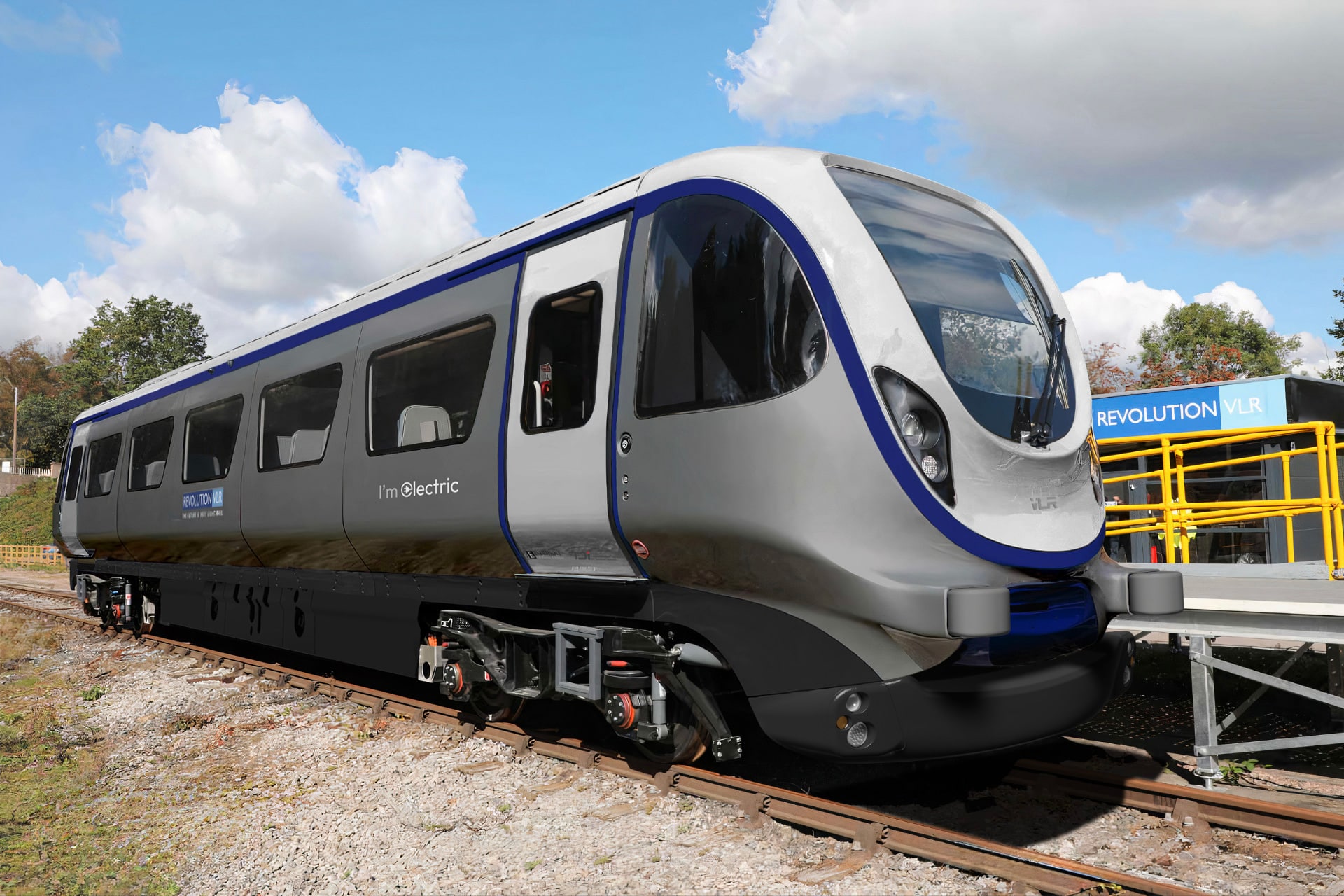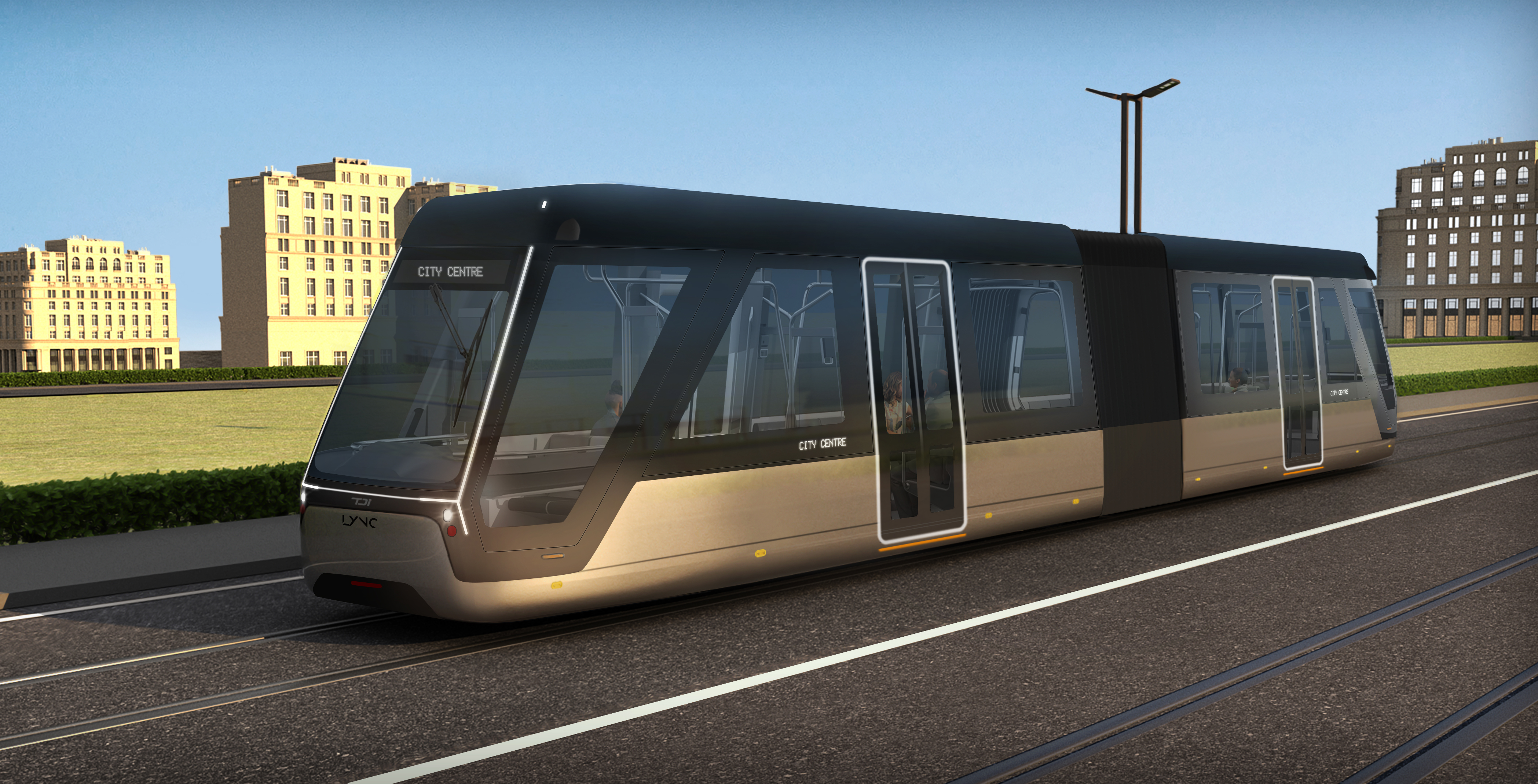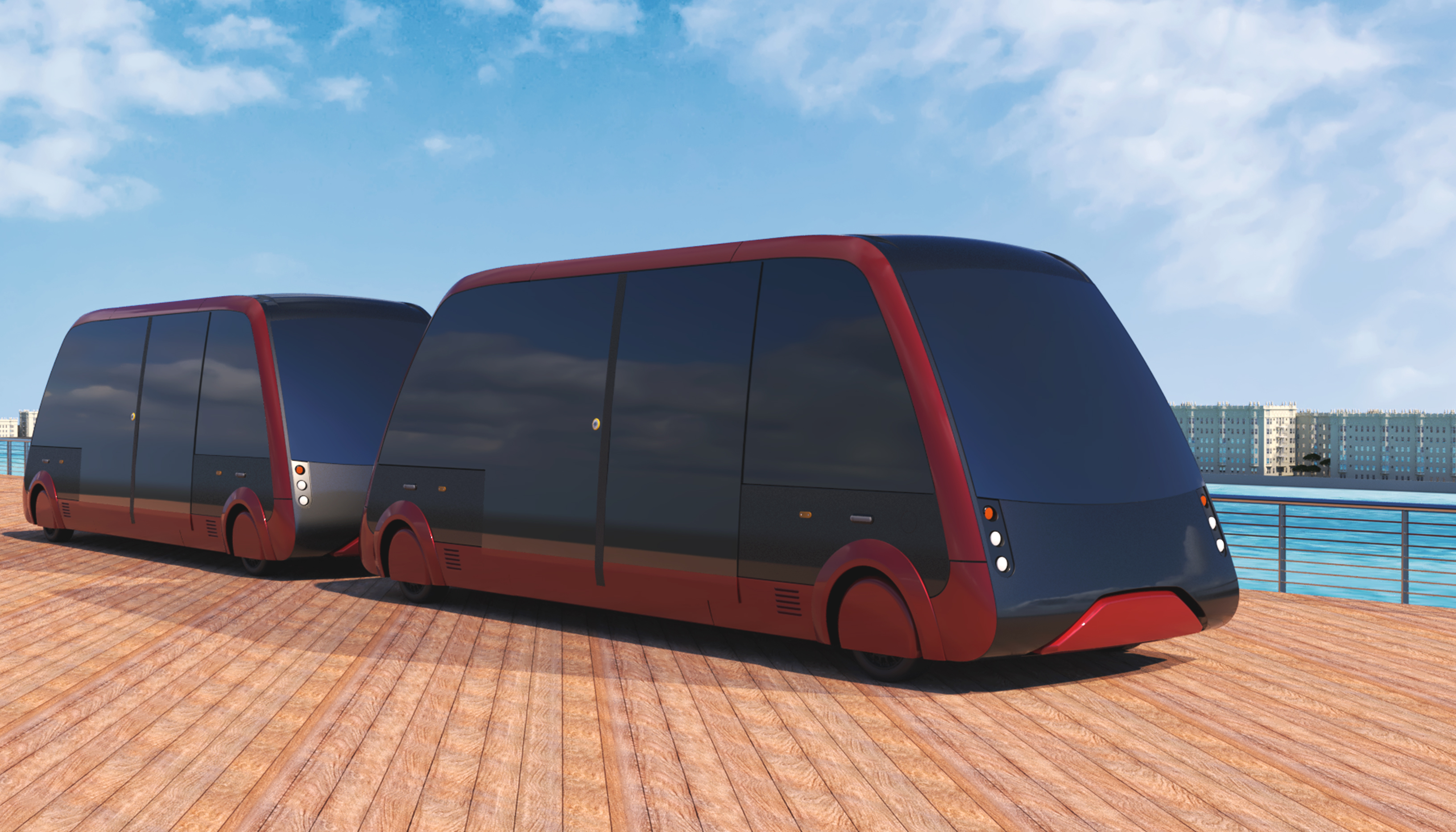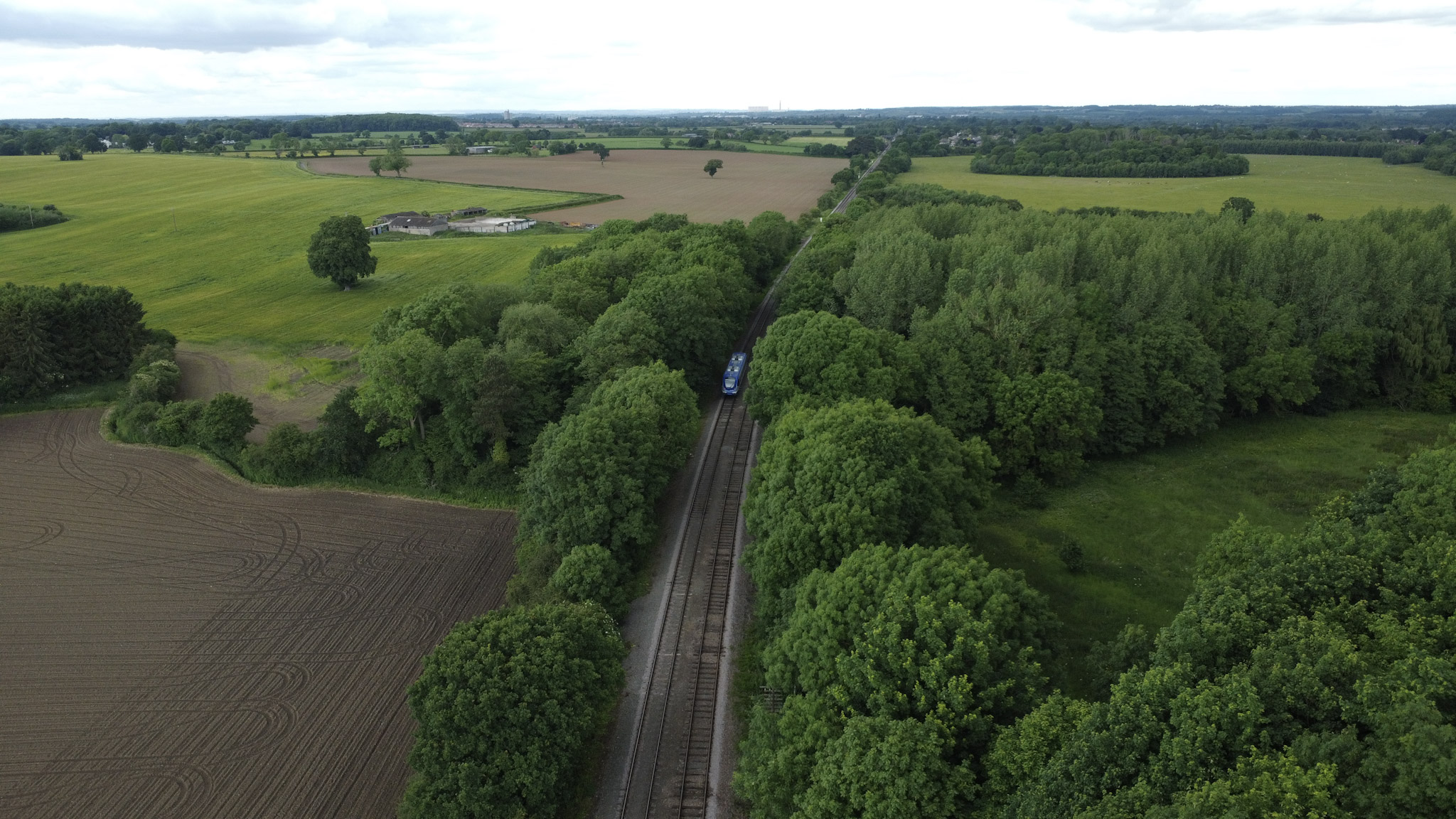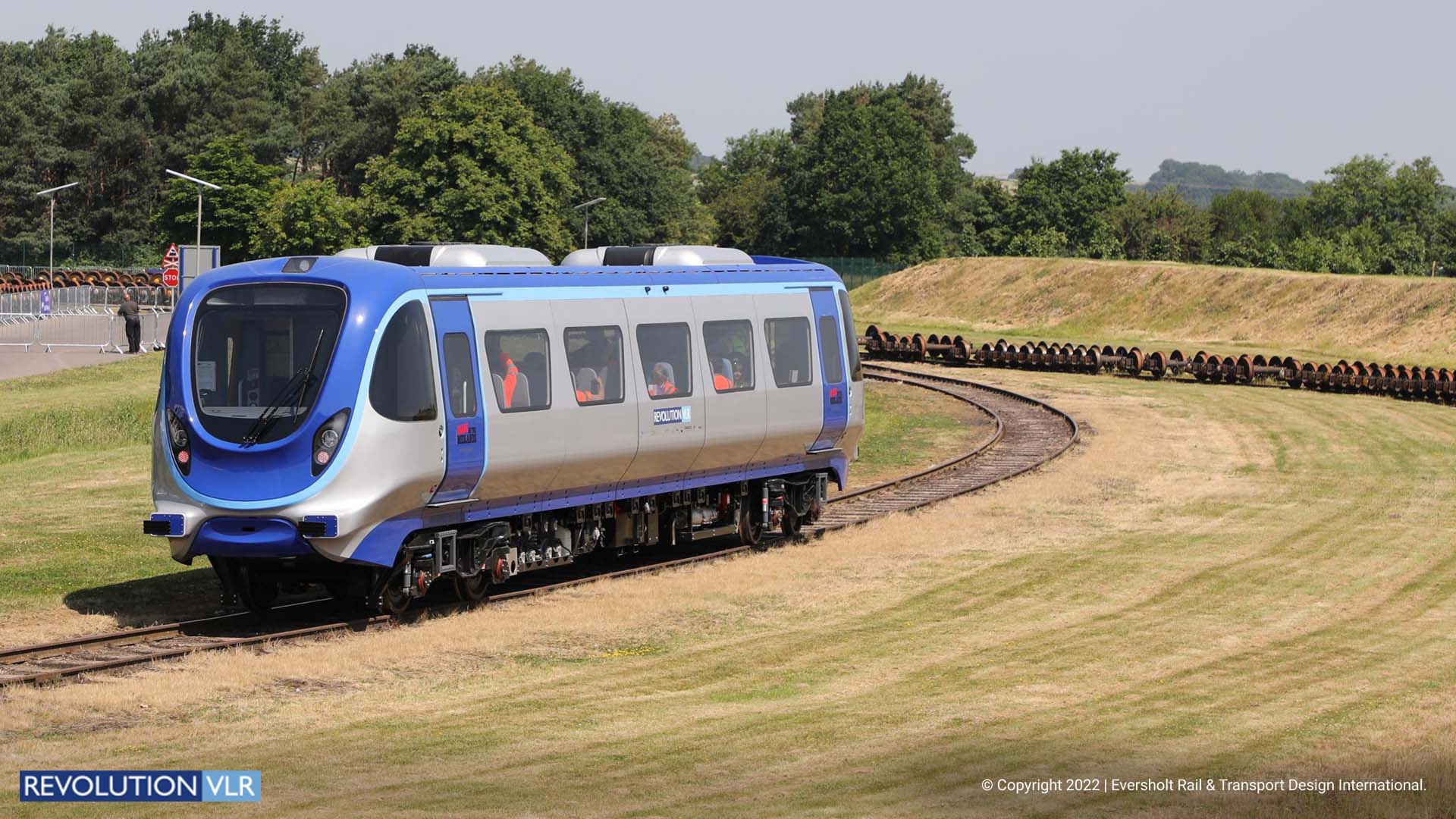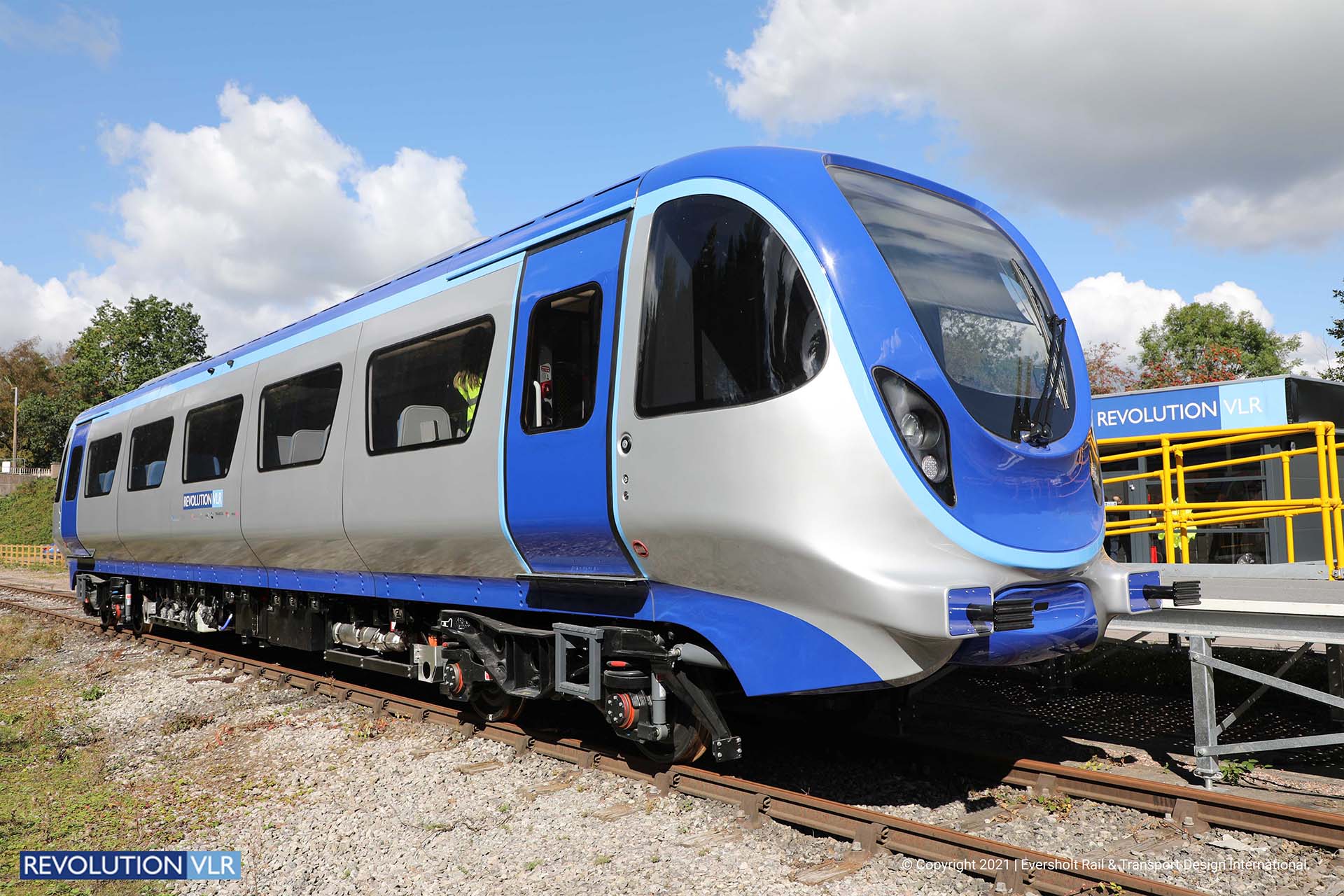TDI has just been awarded £830,000 towards the development of the single axle running gear solution originally proposed for company’s ‘Foresee’ train concept which received early feasibility funding under the Tomorrow’s Train programme back in 2014. Foresee proposed the use of substantially shorter carriages, circa 6.5m in length and manufactured using lightweight composites, to address the ‘4C challenge’ laid down by DfT.
This latest award will fund a two year project which culminates in the design, manufacture and testing, under laboratory conditions, of a demonstrator rolling chassis. The project is being supported by the following partner organisations, several of whom are located in Sweden: AF, Arogus International, Huddersfield University, Prose AG, Royal Institute of Technology Stockholm, Tikab and Transcal Engineering.
Single axle running gear provides significantly lower weight and cost compared to the conventional bogies often used for both passenger and freight vehicles. A modern single axle solution typically has a great ability to align itself radially when going through curves, creating less wear compared to what is typically seen from bogie applications. If there also were a means to distribute vehicle weight over slightly more axles (i.e. shorter vehicles), combined with the overall lower vehicle weight obtained when omitting the heavy bogies, there could be a radical reduction in the axle load. Axle load is another key factor contributing to the maintenance needs for wheels and rails due to material fatigue and also track alignment deteriorating faster with higher loads.
Traditionally the downside has been that radial steering single axle solutions have inherent difficulties in providing the required level of comfort at higher speeds due to oscillations that occur in wheelsets and car bodies. The aim of this project is to overcome these shortcomings by introducing a state of the art suspension system using semi-active technologies, and by that provide low cost, low weight single axle solutions which could provide adequate comfort for speeds up to 100 mph. If successful, this could radically change the configuration of future rolling stock and significantly improve on wheel and rail wear.
